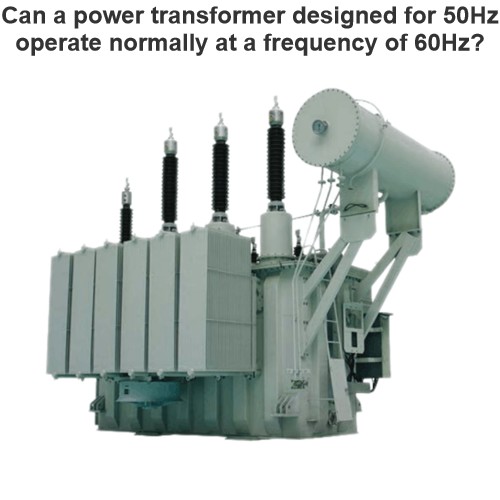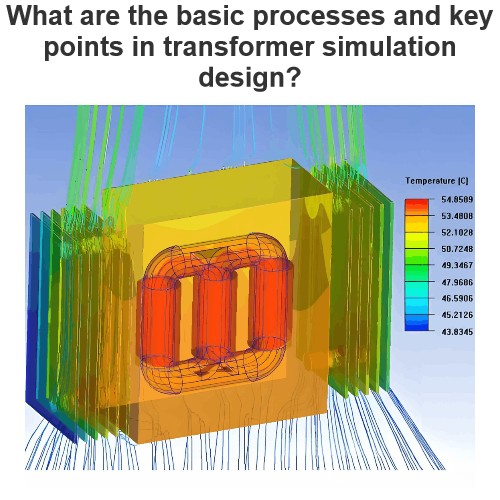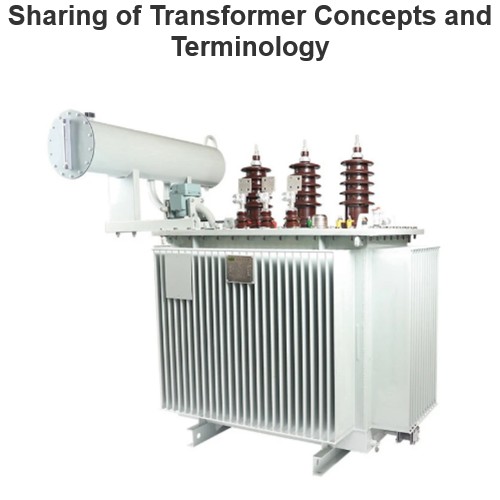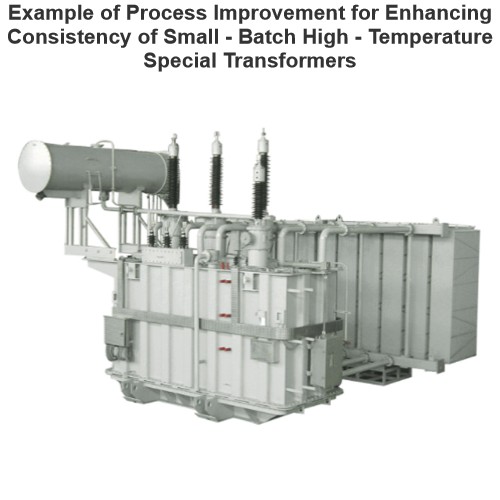What is Transformer Vector Groups?
Edwiin
06/02/2025

Clock Method Phase Displacement Interpretation
- When the hour hand points to 12, the phase displacement is 0°.
- At hour position 1, the phase shift is -30°.
- At hour position 6, the phase shift equals 6×30°=180°.
- At hour position 11, the phase shift is 11×30°=330°.
Topics
Hello,I'm Wdwiin. A decade of hands-on experience in electrical engineering, specializing in high-voltage systems, smart grids, and renewable energy technologies. Passionate about technical exchange and knowledge sharing, committed to interpreting industry trends with professional insights to empower peers. Connection creates value—let’s explore the boundless possibilities of the electrical world together!

Can a power transformer designed for 50Hz operate normally at a frequency of 60Hz?
Can a 50Hz-Designed Power Transformer Operate on 60Hz Grid?If a power transformer is designed and built for 50Hz, can it run on a 60Hz grid? If so, how do its key performance parameters change?Key Parameter ChangesShort-Circuit Impedance:For a given transformer (same voltage and capacity), short-circuit impedance is proportional to frequency. Thus, a 50Hz-designed unit operating at 60Hz sees a 20% increase—higher frequency intensifies alternating leakage field opposition to current.No-Load
Vziman
07/29/2025

What are the basic processes and key points in transformer simulation design?
1 IntroductionWhether using any finite element analysis software (such as COMSOL, Infolytica, or Ansys) for transformer simulation analysis—whether focusing on electric field, magnetic field, flow field, mechanical field, or acoustic field—the basic process is roughly the same. A true understanding of the key points in each process is the foundation for the success of the simulation analysis and the reliability of the final results.2 Basic Simulation ProcessA scientific and complete
Ron
07/29/2025

Sharing of Transformer Concepts and Terminology
Sharing of Transformer Concepts and TerminologyThe zero-mode impedance of a load is infinite, and its line-mode impedance is also extremely large, approximately 100 times that of the line-mode impedance of the line.The capacitance to ground of a cable is 25-50 times that of an overhead line.The free oscillation frequency of transient capacitive current: 300-1500Hz for overhead lines and 1500-3000Hz for cables.Performance requirements for an external grounding transformer: Under normal power supp
Edwiin
07/28/2025

Example of Process Improvement for Enhancing Consistency of Small - Batch High - Temperature Special Transformers
Given the lack of manufacturers for such transformers on the market, we design them in - house. We provide technical specs to partners, specifying materials like high - temp enameled wires.Electrical signals from downhole logging tools, transmitted via these transformers, impact formation - to - surface signal reliability. Thus, improving transformer consistency boosts signal uniformity, enhancing logging tool accuracy and our market competitiveness.Our common signal transformers are EI - type,
Vziman
07/28/2025









